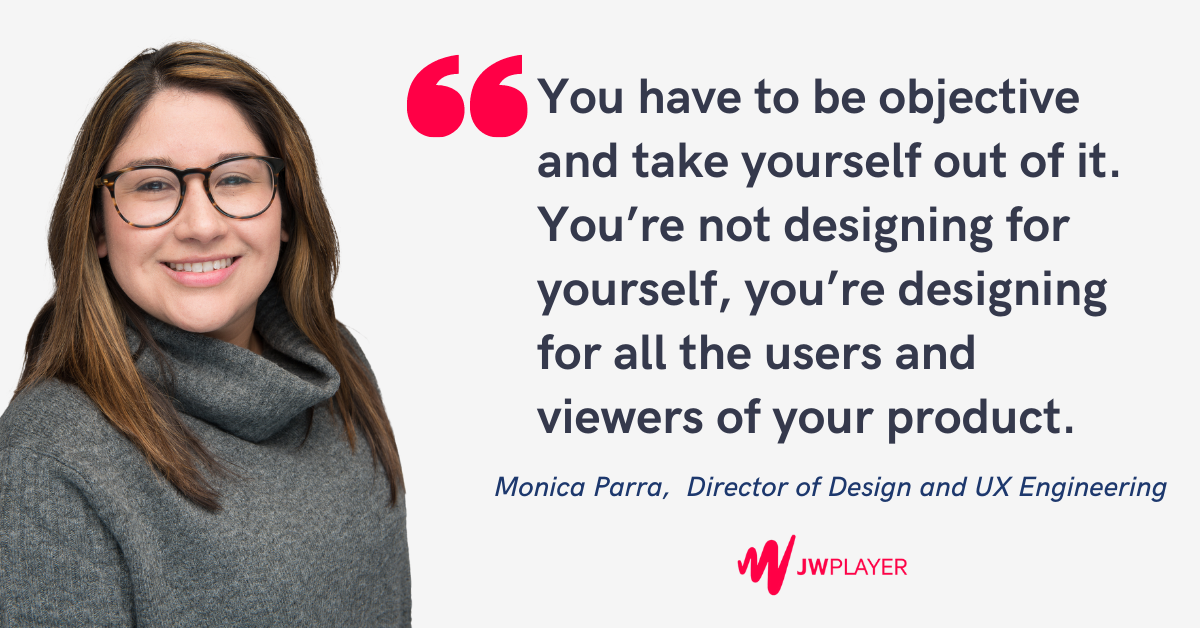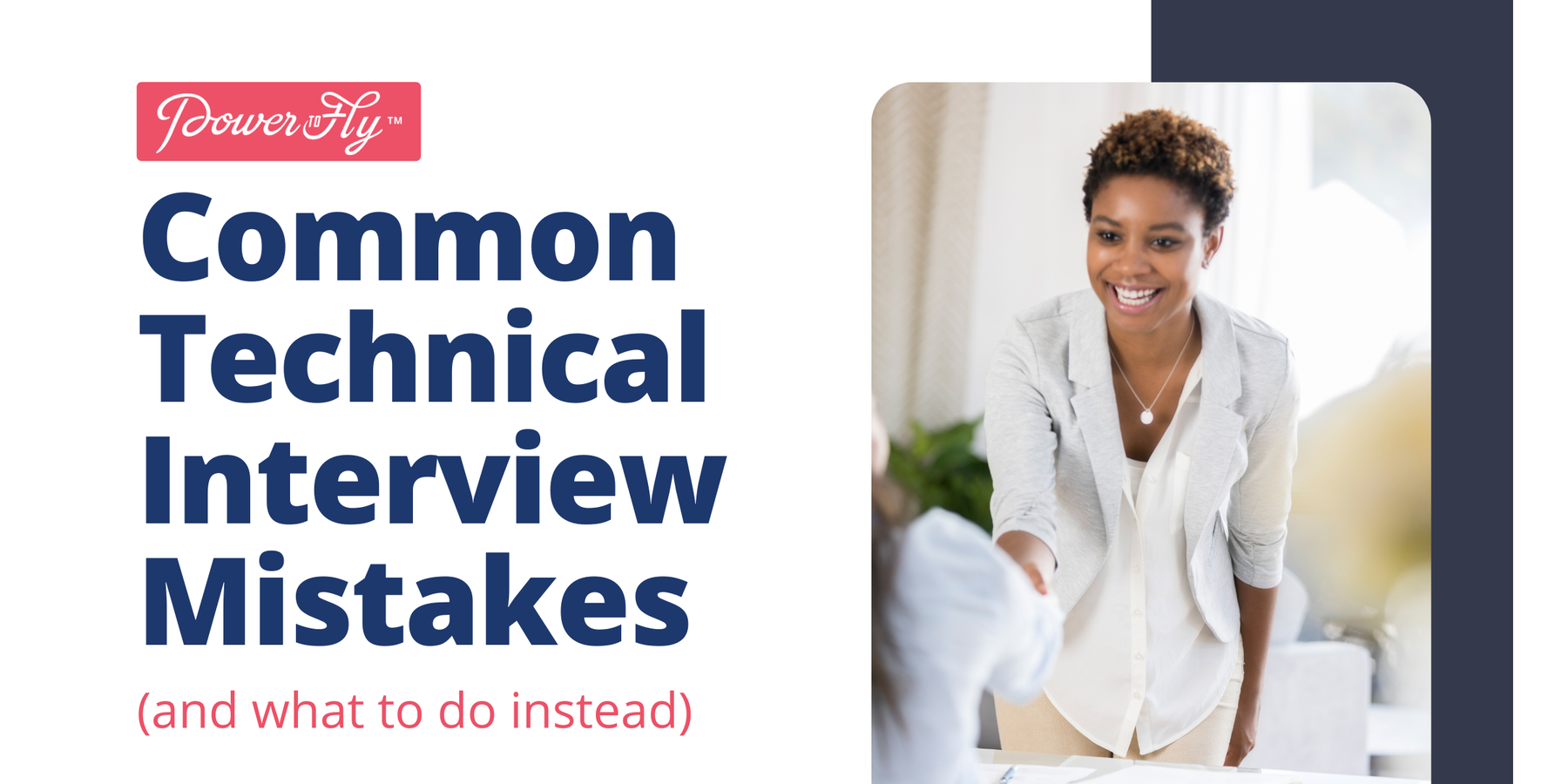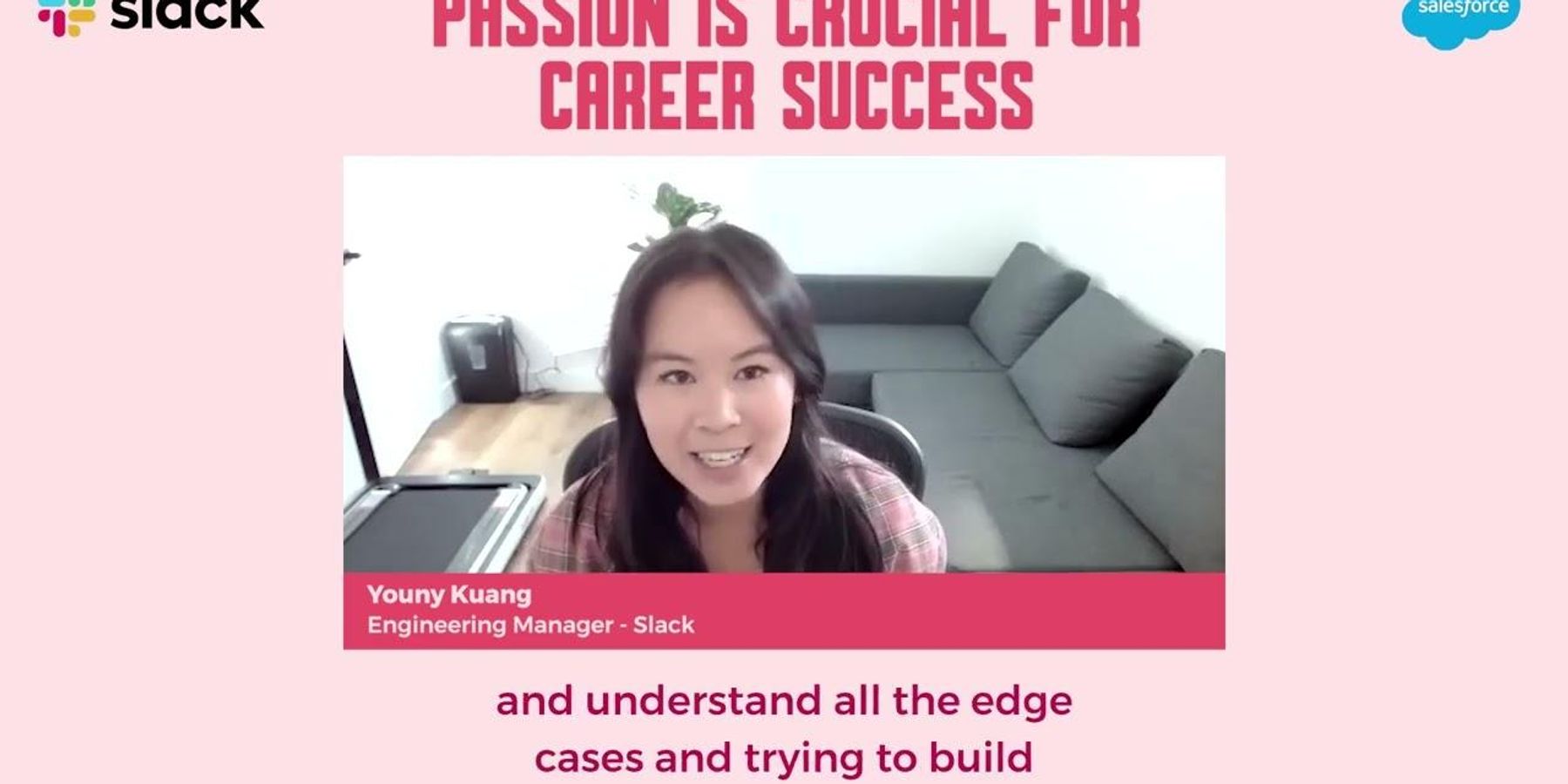Monica Parra knows she wouldn’t have had a successful career in art—and now in design and UX engineering—if she wasn’t comfortable with conflict.
“It’s actually quite required of us to disagree with each other, because we're after the best possible solution,” she says of the creative process. “Healthy debate is really important, and I crave it, to be honest.”
That’s been true at every stage of her career, from when she made a late switch to art school to when she worked her way into the digital side of traditional media magazines to when she got into digital product design.
Now, Monica is the Director of Design and UX Engineering at video software and data insights platform JW Player.
As a woman working in tech, she’s learned how to make sure her perspective is considered. “Men love to interrupt; women love to give people space,” she says. “You fight for your voice at the table.”
We sat down with Monica to hear more about how she fosters a spirit of healthy debate and collaboration, as well as the career path that brought her here and what advice she has for budding designers looking to find the path that’s right for them.
Raising her hand
Monica was studying international business in college when she realized she didn’t want to ever work in a cubicle farm. “I saw a future that looked like Dundler Mufflin, and I needed to pivot,” she says, smiling. “The only other talent or hobby that I had at the time was graphic design.”
She followed that interest, which had previously manifested itself in homemade flyers for family businesses and fun Photoshop projects, all the way into transferring into art school. By the time she graduated, she set out to work in publishing, so she could be a part of editorial storytelling.
Monica thought she’d be working on print magazines, but a recruiter pointed out that lots of publishers were hiring in their digital space. “I really wasn’t confident, and they were like, ‘Trust me; you have a portfolio. And you’ll make more money because there’s not so many people in the running for these roles,’” remembers Monica.
She ended up being part of the early design teams at magazines like Newsweek and Spin, and she credits those experiences with teaching her the importance of collaboration.
“We were working with editors, videographers, and photographers, and you got staffed and tried to do your work as fast as possible. That’s where I got my hustle,” she says. “It’s where I learned what a real design team was. It was supportive, with camaraderie and not competition. Truly just a bunch of design nerds, we traded our skills to help each other, we stayed late if someone was on a deadline. The team culture I have today is definitely rooted in that first design team.”
While Monica loved her experience in publishing, she felt the industry closing in around her, and once again, she raised her hand to try something new.
“I’d always thought product design was physical—like designing this ChapStick, essentially,” she says, gesturing towards an example. “But there was this whole new wave of digital product design, which was a domination of software design and UX, and I had the chance to again be at the forefront of something that was not fully saturated with too many designers,” she says.
Leaning into the differences between design and product design
When she moved into product, Monica had to learn not to run to a solutions space. “Instead of going straight into Photoshop and designing to your heart’s desire, you start with understanding user goals. What are the requirements of this? How do we know the solution we’ve chosen is the right solution?,” she asks.
She liked the change, saying, “as you get used to what the data can tell you, you start to crave more data.”
In trading in her design aesthetic for user perspectives and feedback, Monica found that a lot of the core skills were the same. “You have to be objective and take yourself out of it. You’re not designing for yourself, you’re designing for all the users and viewers of your product,” she says.
When Monica joined JW Player, it was because she was ready for a product design role where she could be more creative. She knew she’d have the chance to build a team, and was excited to do so at the intersection of design and tech for a company whose tech stack and product she really believed in.
“When I started at JW Player, I had friends ask me, ‘Why aren’t you applying for creative director jobs?’ But at the time, I wasn’t ready to let it go, to be hands-off,” she says. So her first year on the job was focused on digging into product and really creating the kind of design culture she came from and appreciated.
But then it was time to move into a directorship, and Monica knew she was ready. “It’s an uncomfortable feeling, but it’s a pretty great place to be, when you’re ready to be challenged,” she says.
3 key skills for being successful in design in tech
Monica has hired both designers and engineers to work on her product team, and here are some of the common markers of success she’s seen:
- An ability to communicate. “If you don’t know how to communicate your design philosophy or thoughts, communication from designer to engineer can break down pretty quickly,” she says.
- An interest in the other side. Monica looks for designers who are excited to “sit with an engineer and look at every pixel to make sure it’s perfect,” she says, and engineers who are excited to participate in the creative process.
- A belief in compromise. “We cannot be precious about what we built and we cannot insert ourselves as the user for what we're building,” says Monica. “This is a career that’s not for the faint of heart. You get a lot of hard feedback. I always say I’m very open to being convinced of being wrong, but you have to put in the work to convince me.”
Interested in joining the team at JW Player? Check out their open roles!




